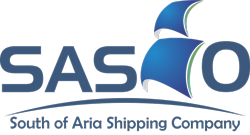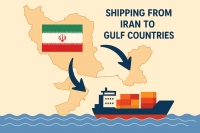Introduction to Iran-GCC Trade Routes
Iran’s geographic location at the northern edge of the Persian Gulf gives it a critical advantage in regional trade with the Gulf Cooperation Council countries. Major southern Iranian ports, including Bandar Abbas and Chabahar, provide direct access to GCC markets such as the UAE, Oman, and Saudi Arabia, reducing transit times compared to longer alternative routes.
Bandar Abbas, Iran's busiest port on the Strait of Hormuz, handles over 80 million tons of cargo annually, with a draft depth of 15-17 meters allowing large vessels up to 100,000 DWT for containerized and bulk shipments (Ainvest.com) Chabahar, a deep-water port outside the Gulf, offers resilience amid regional tensions, capable of heavier tonnage and serving as an alternative to Bandar Abbas for shipping from Iran to Gulf countries.
The proximity to the Strait of Hormuz positions Iran as a strategic hub for maritime freight, where over 25% of global seaborne oil trade transits, facilitating efficient containerized and bulk cargo shipments (iea.blob.core).Transit times from Bandar Abbas to Dubai average 12-24 hours, 30-50% faster than bypassing routes around the Arabian Peninsula.
By integrating sea, land, and rail transport via corridors like the International North-South Transport Corridor (INSTC), exporters can leverage Iran to GCC logistics services for faster, more flexible, and cost-efficient delivery.
Iran freight to GCC Key Ports and Transit Hubs
Iran’s trade with the Gulf Cooperation Council countries relies heavily on a network of strategic ports that serve as primary gateways for exports and imports. This section highlights the most important maritime hubs in Iran and the GCC region, detailing their cargo handling capacities, connectivity, and roles in shipping from Iran to Gulf Countries.
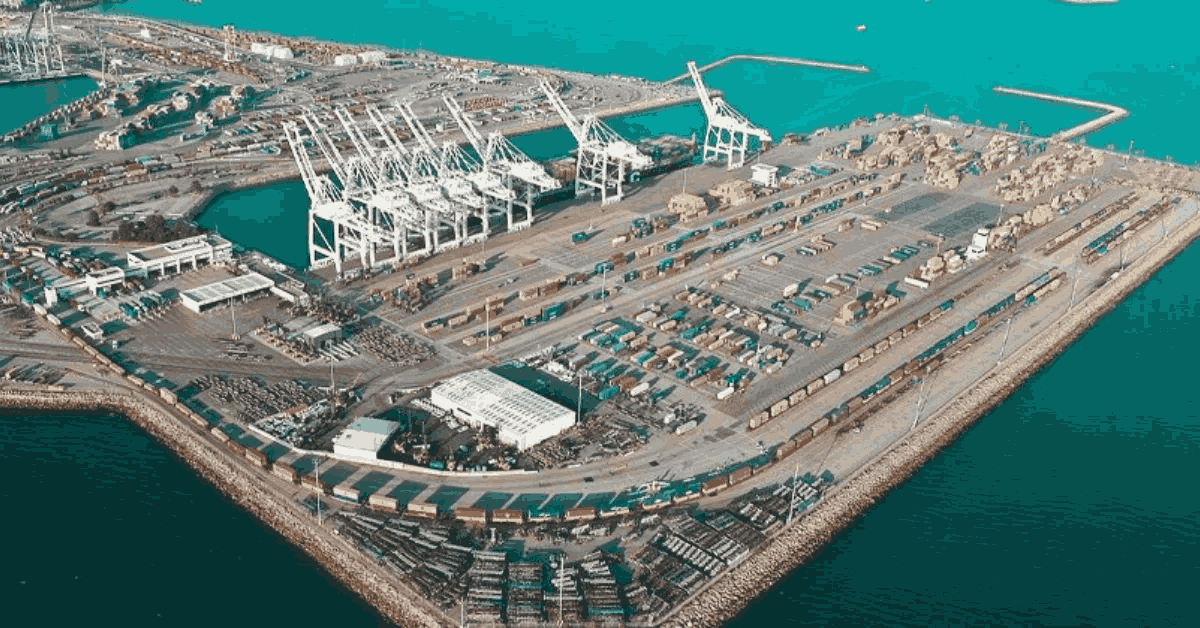
1. Bandar Abbas Port (Shahid Rajaee Port) – Iran
Bandar Abbas, or Shahid Rajaee Port, is Iran's primary maritime gateway for shipping from Iran to Gulf Countries. Spanning 2,400 hectares, it handles 85 million tonnes of cargo annually and 6 million TEUs of containers, connecting to 80 global ports through 35 shipping lines. This capacity makes Bandar Abbas the cornerstone of Iran to GCC logistics services, particularly for containerized and bulk shipments (Albaniandailynews)

2. Chabahar Port – Iran
Chabahar Port, on the Gulf of Oman, enhances Iran’s export potential to the GCC. Integrated into multimodal corridors, including the 625-700 km Chabahar–Zahedan railway and the International North–South Transport Corridor (INSTC), it enables more efficient Iran freight to GCC and reduces transit time to Oman and Saudi Arabia (hindustantimes.com)
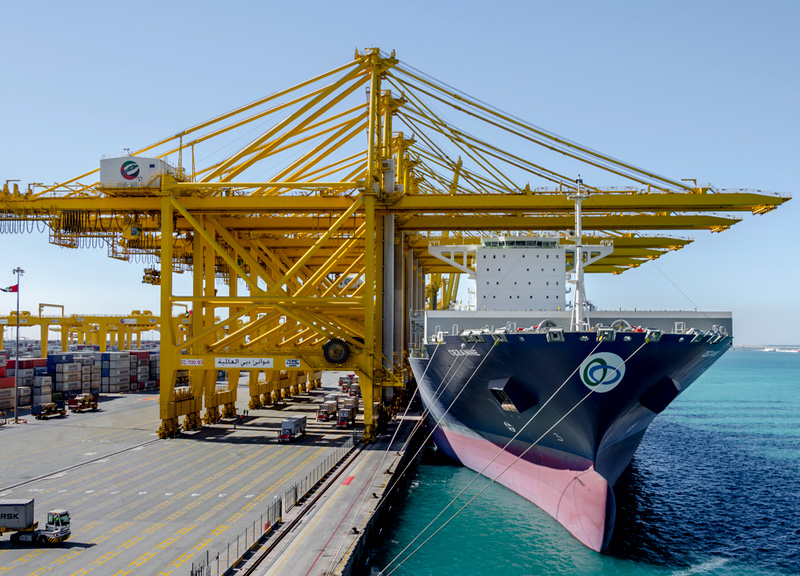
3. Jebel Ali Port – UAE
Jebel Ali in Dubai is the largest Middle Eastern port, with 67 berths and a 19.4 million TEU capacity. Iranian exporters rely on this hub for cargo shipping from Iran to the Gulf, particularly to the UAE, leveraging fast turnaround and extensive global connectivity (bayut.com)
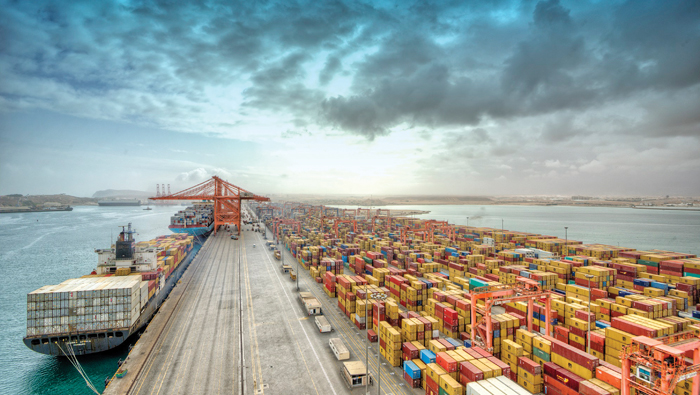
4. Sohar Port – Oman
Sohar Port handles nearly 943,000 TEUs per year and is expanding to 1.5 million TEUs. It plays a key role in shipping Iran to Oman, providing flexible options for container and commercial cargo (thebusinessyear)
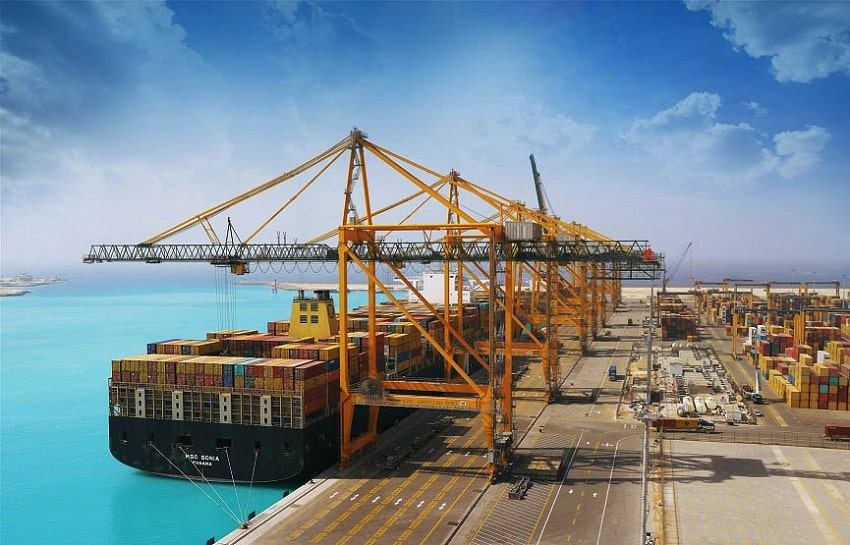
5. King Abdulaziz Port – Dammam, Saudi Arabia
Dammam’s King Abdulaziz Port serves as a strategic gateway for Iran to GCC cargo services, handling over 2.3 million TEUs recently and undergoing expansion to increase capacity to 5 million TEUs by 2026, ensuring scalable logistics for Saudi-bound Iranian exports (transportandlogisticsme)
Shipping Modes and Logistics Services
Iran offers a diverse range of shipping modes to facilitate trade with Gulf Cooperation Council (GCC) countries. Each mode—sea, air, and overland—has specific advantages tailored to different types of cargo and delivery requirements.
1.Sea Freight Iran to Gulf Region
Iran sea freight remains the most cost-effective method for transporting large volumes of goods between Iran and GCC countries. Iran's primary maritime gateway, Bandar Abbas Port, handles over 70% of the country's container shipments . Key shipping options include:
- Full Container Load (FCL): Ideal for large shipments, providing exclusive use of a container.
- Less than Container Load (LCL): Suitable for smaller shipments, where cargo shares container space with goods from other shippers.
- Breakbulk Cargo: Used for goods that must be loaded individually, without containers.
- Heavy Lift and Project Cargo: Specialized services for oversized or heavy items.
These services are available from major Iranian ports such as Bandar Abbas, Chabahar, and Amirabad, connecting to various GCC ports including Dubai and Muscat
2.Air Freight Iran to Gulf Region
Iran air freight offers faster delivery times, making it suitable for high-value or time-sensitive goods. Typical air transit times from Iran to GCC countries are:
- Bahrain: 2-4 days. Suitable for urgent shipments, focusing on direct routes from Tehran to Manama.
- Kuwait: 2-5 days. Air freight for time-sensitive goods is faster, but may take up to 10 days in indirect cases.
- Oman: 1-3 days (or 24-48 hours on direct routes). Air routes to Muscat are typically quick.
- Qatar: 1-7 days (often 24-48 hours for direct). Time varies based on volume and route from Doha.
- Saudi Arabia: 2-4 days. Routes to Riyadh or Jeddah are usually fast, but influenced by diplomatic relations.
- United Arab Emirates: 1-10 days (often 2-5 days for Dubai or Abu Dhabi). Direct services like Emirates SkyCargo reduce time.
Note: These times do not include customs processing and may change due to sanctions or regional tensions (such as in 2025).
3.Road and Rail Iran to Gulf Region
Overland transport from Iran to GCC countries is limited due to geographical and border constraints. Direct road routes to destinations like the UAE do not exist, so most cargo moves via Iranian ports such as Bandar Abbas, Bandar Lengeh, or Chabahar and continues by sea. Some logistics companies offer road freight services to GCC countries, but air and sea transport remain the primary options.
Shipping cargo from Iran to Bahrain
Shipping cargo from Iran to Bahrain relies on maritime and overland logistics to ensure timely delivery. Bandar Abbas and Kharg Island serve as primary departure points for containerized and bulk shipments. Exporters frequently use Freight from Iran to GCC and Iran to GCC export logistics services for customs clearance, insurance, and real-time tracking. Bahrain’s Khalifa Port efficiently handles container and general cargo. Companies often rely on a shipping company to Bahrain to coordinate these operations. Sea freight is dominant, but air freight is used for high-value or time-sensitive goods, ensuring reliable and cost-effective delivery to Bahrain.
Cargo transport from Iran to Kuwait
Cargo transport from Iran to Kuwait uses maritime routes from Bandar Abbas and Abu Musa ports. Containerized shipments, bulk commodities, and commercial goods are handled by Export and freight from Iran to Gulf region services. Freight forwarders manage documentation, customs clearance, and risk mitigation. Road transport complements sea shipments for inland distribution. Kuwait Port, with modern handling facilities, enables efficient turnaround. Many exporters coordinate via a freight company to Kuwait to streamline logistics. Using International shipping services Iran to Gulf countries ensures predictable transit times and secure delivery for all cargo types.
Transport Solutions from Iran to Oman
Transport solutions from Iran to Oman integrate sea-rail corridors like INSTC, linking Chabahar Port to Sohar Port for containerized shipments. Exported items often include tomatoes, melons, onions, fresh fruits, nuts, saffron, dairy products, chemicals, copper, iron and steel, and construction materials like cement. Sea freight transits in a couple of weeks, shortened with rail for bulk cargo, while air routes to Muscat International manage urgent textiles or machinery in 1-3 days. Freight company to Oman provides door-to-door services, handling hazardous goods documentation. Sanctions and customs complexities are mitigated through specialized manifests and deep-water berth access for large vessels (iromcc.com)
Sending Goods from Iran to Qatar Ports
shipping company from Iran to Qatar targets Hamad Port via sea from Bandar Abbas, using container loads for perishables and bulk. Common exports feature tomatoes, watermelons, cucumbers, dairy products, pistachios, dates, saffron, food items, chemicals, cement, and living animals. Maritime transit spans a week to two weeks, with air freight to Doha International for high-value goods like beverages in 1-7 days. Sanctions demand dangerous goods declarations, while reverse logistics support e-commerce with omnichannel delivery for agricultural and industrial shipments (tradingeconomics)
Freight Forwarding from Iran to Riyadh/Jeddah
Freight forwarding from Iran to Riyadh/Jeddah employs sea routes from Bandar Abbas to Jeddah Islamic Port or Dammam, then rail or road to Riyadh Dry Port. Typical goods comprise iron and steel products, sponge iron, pistachios, raisins, carpets, glass sheets, apples, other fruits like peaches and strawberries, chemicals, cement, and agricultural items. Sea transit lasts a few weeks, plus inland delivery, while air to Riyadh or Jeddah airports handles urgent cargo in 2-4 days. Freight forwarders to Riyadh/Jeddah manage electronic manifests and tracking, countering Red Sea threats with alternative paths. Halal certificates and material safety data are essential for compliance (rowyal & tehrantimes)
Exporting Goods from Iran to the Emirates
Exporting goods from Iran to the Emirates utilizes Bandar Abbas to Jebel Ali Port for containerized and bulk shipments, serving as a re-export hub. Common items include nuts, grapes, crustaceans, petrochemicals, bitumen, tomatoes, cucumbers, watermelons, spices, cement, and melons. Sea transit takes about a week to two weeks, with air via Dubai International for high-value products in 1-10 days. ARC Worldwide and Chain Group handle customs. A reliable shipping company to the Emirates can optimize logistics, reduce shipping costs, minimize transit times, ensure proper customs clearance, and provide real-time cargo tracking.
Unlock the Power of Persian Gulf Trade with SASCO
Trade between Iran and the Gulf Cooperation Council countries relies on efficient shipping from Iran to Gulf countries, connecting exporters to markets in Bahrain, Kuwait, Oman, Qatar, Saudi Arabia, and the UAE.
Ready to navigate this dynamic corridor with seamless, cost-effective, and reliable solutions? Partner with SASCO today—the trusted leader in Iran to GCC logistics, turning challenges into opportunities for your business
FAQ: Shipping from Iran to Gulf Countries in 2025
Q:What are the main ports for shipping from Iran to GCC countries?
A:Iran: Bandar Abbas and Chabahar. GCC: Jebel Ali (UAE), Sohar (Oman), King Abdulaziz (Saudi).
Q:How long does sea freight from Iran to UAE take in 2025?
A:Transit time usually ranges from 10 to 15 hours, including loading and unloading at the ports as well as the actual sea voyage.
Q:What is the impact of sanctions on shipping from Iran to Saudi Arabia or Oman?
A:Sanctions increase costs via rerouting; non-oil cargo still moves, but insurance rises due to Hormuz risks.
Q:What documents are needed for exporting goods from Iran to the GCC?
A:Commercial invoice, bill of lading, certificate of origin, packing list, export declaration; perishables need health certificates.
Q:What are common exports from Iran to the GCC?
A:Fruits (tomatoes, melons), nuts (pistachios), chemicals, cement, iron/steel, petrochemicals.
Q:Could disruptions in the Strait of Hormuz affect Iran-GCC trade in 2025?
A:A:Yes, tensions raise insurance and may delay cargo; alternate routes add 7-14 days and cost.
Q:What logistics services help with customs for Iran to GCC cargo?
A:Forwarders like SASCO provide door-to-door service, tracking, and multimodal options; TIR can simplify border crossings.
Q:Are there alternatives if sea routes to GCC are blocked?
A:Limited: overland via Iraq/Turkey or air for urgent shipments
